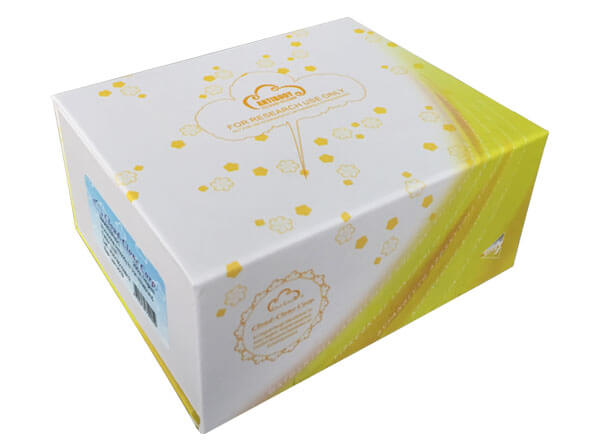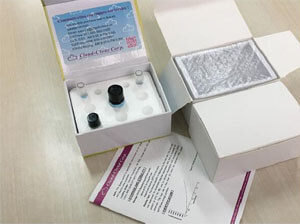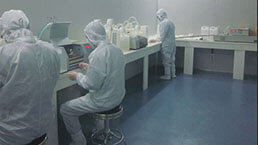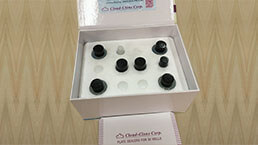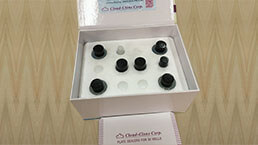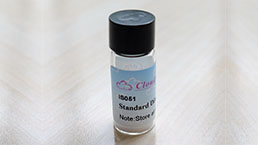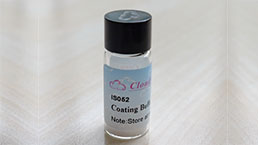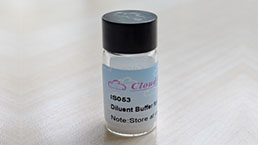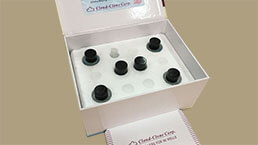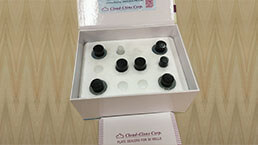ELISA Kit DIY Materials for Vitamin D2 (VD2) 

Ergocalciferol; Deltalin; Drisdol; Calcidol
- UOM
- FOB US$ 1,433.00 US$ 2,388.00 US$ 4,298.00 US$ 8,358.00 US$ 14,328.00
- Quantity
Overview
Properties
- Product No.KSA921Ge11
- Organism SpeciesPan-species (General) Same name, Different species.
- ApplicationsMain materials for "Do It (ELISA Kit) Yourself".
Research use only - Downloadn/a
- CategoryMetabolic pathwayNeuro scienceNutrition metabolismBone metabolism
- Reagent Contents Capture Antibody, Biotin-labeled Competitor, Standard, Streptavidin-HRP, TMB Substrate, 96-well Plate
- Detectable SampleSerum, plasma and other biological fluids.
- Applicable PrincipleCompetitive Inhibition ELISA for Antigen Detection
- Detectable Range1.23-100ng/mL
- Applicable Sensitivity0.53ng/mL
Sign into your account
Share a new citation as an author
Upload your experimental result
Review

Contact us
Please fill in the blank.
Specifity
The Abs in the kit have high sensitivity and excellent specificity for detection of Vitamin D2 (VD2). No significant cross-reactivity or interference between Vitamin D2 (VD2) and analogues was observed.
Usage
1. Coat the plates with 100μL per well of working solution of Capture Antibody.incubate overnight at 4°C or incubate at 37°C for 2 hours.
2. Aspirate and wash 1 time.
3. Block the plates with 200 μL per well of working solution of Blocking Buffer. Incubate at 37°C for 1.5 hours.
4. Aspirate and wash 1 time. The plates are now ready for sample detection, the protocol is the same as regular ELISA.
Storage
Antibodies, Standard and Streptavidin-HRP should be stored at -20°C. TMB should be stored at 4°C. 96-well Plate could be stored at room temperature. The contents are valid for twelve months. They are stable for one month after opening when stored at 4°C.
Support pack
Giveaways
Increment services
Citations
- Carbon dots-modified chitosan based electrochemical biosensing platform for detection of vitamin DPubmed:29275197
- Studies on Carbon quantum dots embedded Iron Oxide Nanoparticles and their Electrochemical responsePubmed: 32396882



